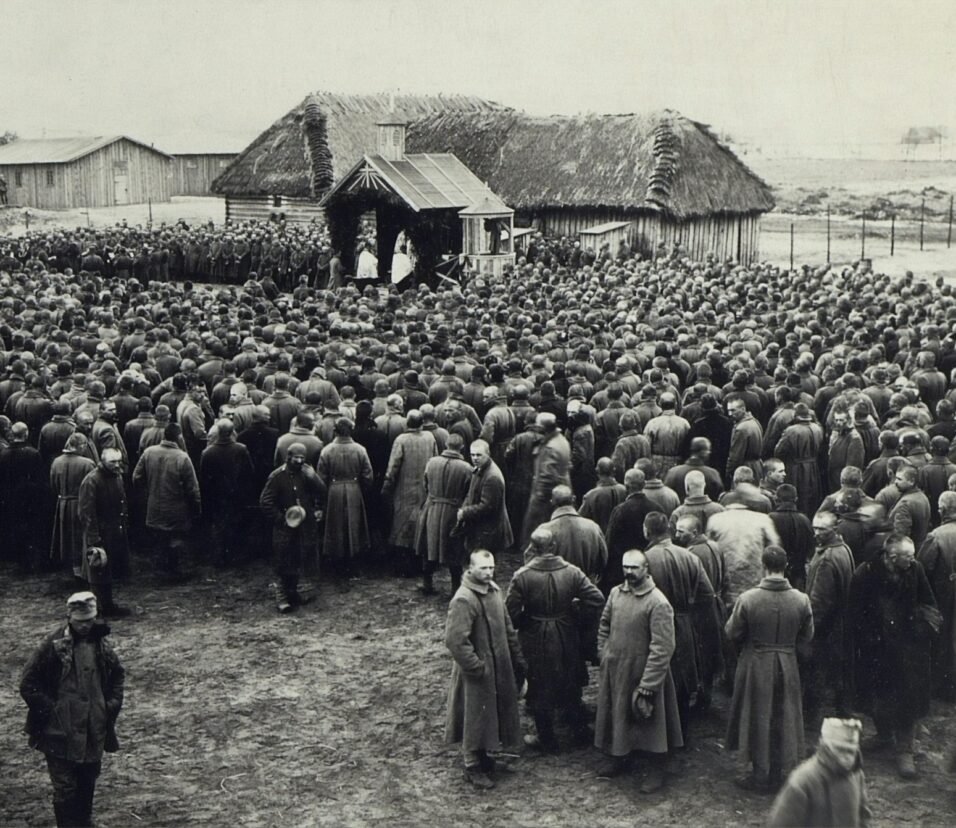Lead up to the Civil War
The time leading up to the Civil War in America was filled with disagreements, big events, and important people who showed how the country was deeply split. From 1849 to 1861, each major event helped shape the story that eventually led to one of the biggest wars in America’s history.
Harriet Tubman:
You can’t discuss this time without mentioning Harriet Tubman’s bravery. When she ran away from Maryland in 1849, it wasn’t just about escaping slavery. It was a powerful statement about wanting to be free. After reaching Philadelphia, she didn’t stop. She went back to the dangerous South many times to help other slaves escape using the Underground Railroad. Every time she helped someone escape, it was a big win against slavery and gave hope to many others.
The Impact of a Book: Uncle Tom’s Cabin
In 1851, a game-changing book hit the shelves. “Uncle Tom’s Cabin” by Harriet Beecher Stowe was more than just fiction. It gave readers a real look into the harsh lives of slaves. This book opened many eyes in the North to the cruelty of slavery, making lots of people want to end it. But in the South, many saw it as just a story made up by the North, which only added to the growing tension between the two areas.
The Dred Scott Ruling:
In 1857, there was a major decision by the Supreme Court. They said in the Dred Scott case that even if a slave lived in a place where slavery wasn’t allowed, they still weren’t free. This upset many people in the North. The case wasn’t just about Dred Scott himself; it showed how the rules were really against many slaves trying to find freedom.
Laws in the 1850s that Fueled Tensions
During the 1850s, new laws really showed the different opinions about slavery. The Fugitive Slave Act of 1850, supported mainly by the South, said that if slaves ran away, they had to be returned. This law showed how much the South wanted to keep their slaves.
Then there was the Kansas-Nebraska Act in 1854. This law said states could decide for themselves if they wanted slavery. This upset a lot of people because it went against an older agreement, the Missouri Compromise of 1820, which had rules about where slavery was allowed.
The Lincoln-Douglas Talks and Big Changes Ahead
In 1858, something big happened: the famous debates between Lincoln and Douglas. Stephen A. Douglas, from the Democratic party and the guy who made the Kansas-Nebraska Act, debated with Abraham Lincoln, a new face from the Republican party. They mostly talked about slavery, and everyone in the country was watching.
Douglas said each state should decide about slavery on its own, but Lincoln believed the whole country should decide together. Lincoln gave strong reasons for his view, and lots of people in the North agreed with him. These debates were like a preview for the 1860 presidential race, where Lincoln’s winning showed the country was changing its mind.
John Brown’s Attack
In 1859, things heated up when John Brown attacked Harper’s Ferry. He wanted to start a big rebellion among the slaves. This showed how some people felt so strongly, they’d take big risks to change things. Even though his attack didn’t work, it was clear that many wanted big changes.
The Big Split: South Carolina Makes a Move
In 1860, things were really tense. After Lincoln became president, the South was upset. South Carolina decided to leave the United States because they felt the North was pushing them too hard. With other southern places thinking of doing the same, it looked like a big war was about to start.
Money Matters Before the Civil War
When looking at the time leading up to the Civil War, it’s important to understand the big money differences between the North and the South.
Economic Differences Between the North and South
The North and the South had different ways of making money. The North was all about factories, cities, and trains. Because of new industries, they focused more on paying workers and people starting their own businesses.
The South, on the other hand, was mostly about farming. Large farms, or plantations, grew a lot of cotton, which was super important to their economy. These farms depended on slaves to work and be successful.
Looking Back
Between 1849 and 1861, a lot happened in the U.S. The country was trying to figure out its values and beliefs. Big moments, like Harriet Tubman’s brave escape and Lincoln standing up against slavery, showed how divided people were. All these events led up to the Civil War. When we think about this time, it’s important to remember how far people will go for what they believe in and the challenges they face along the way.







